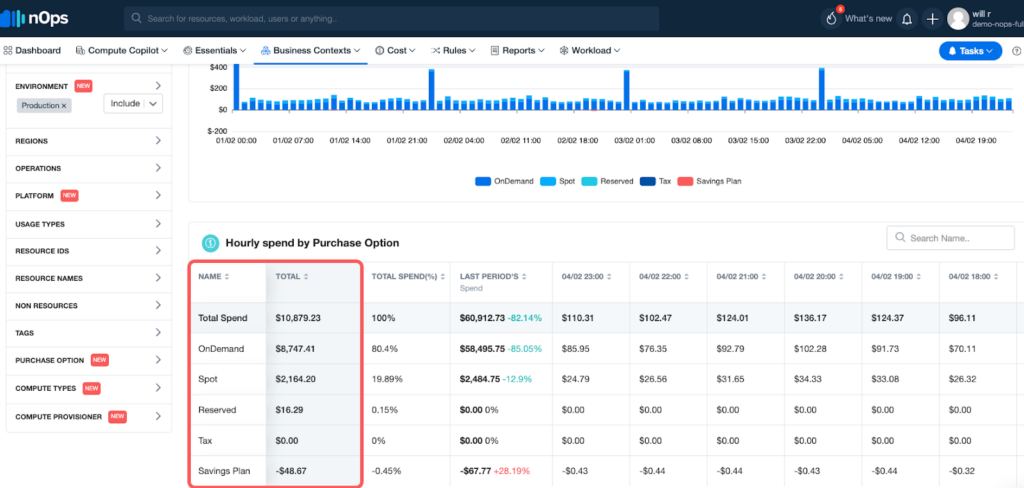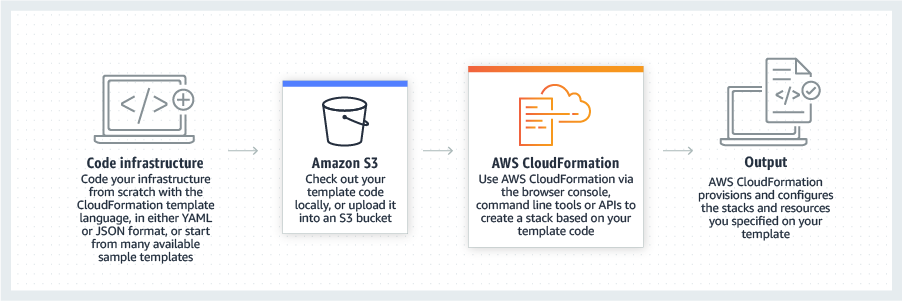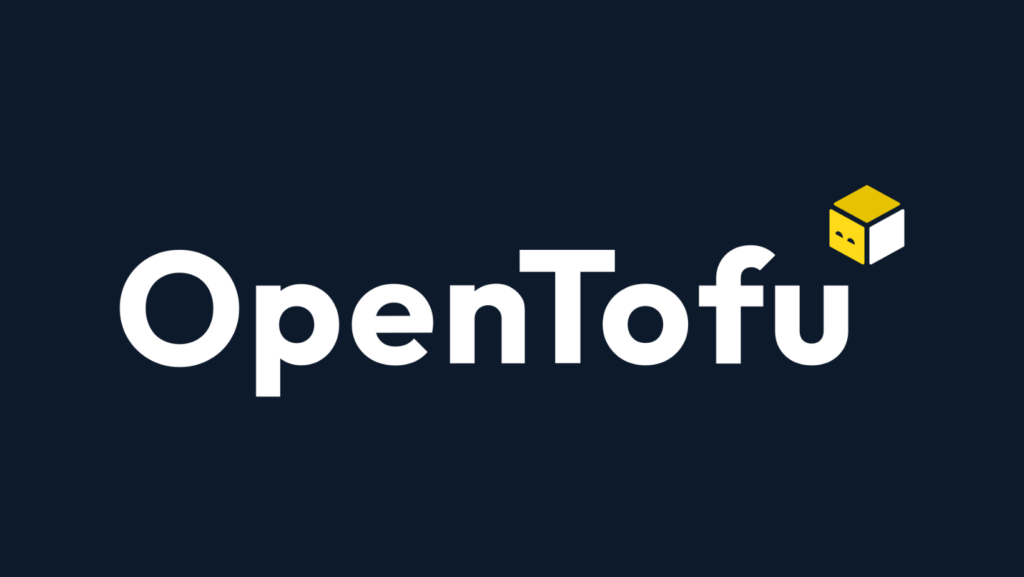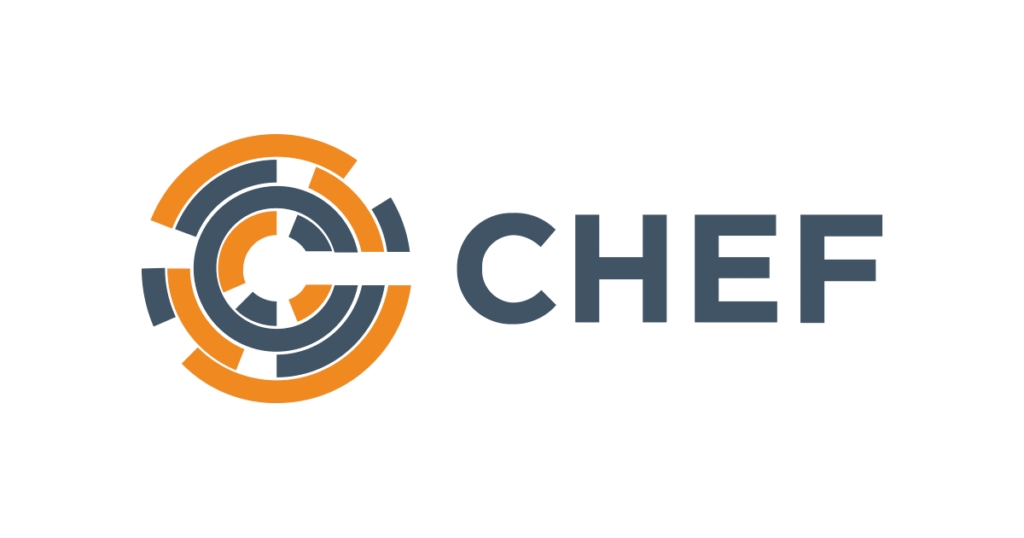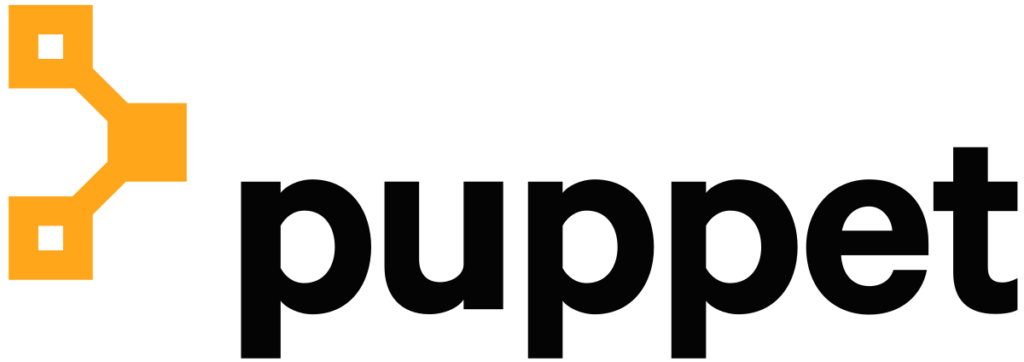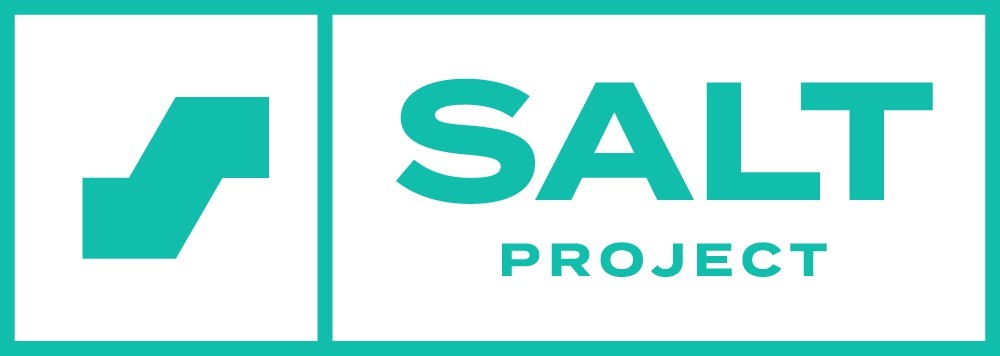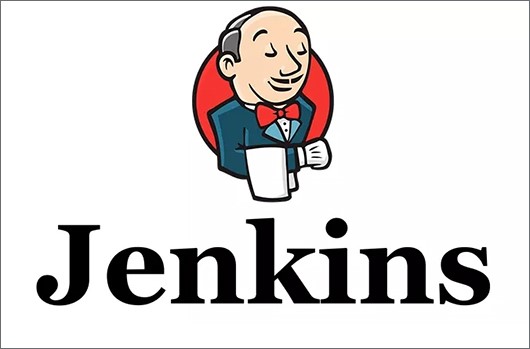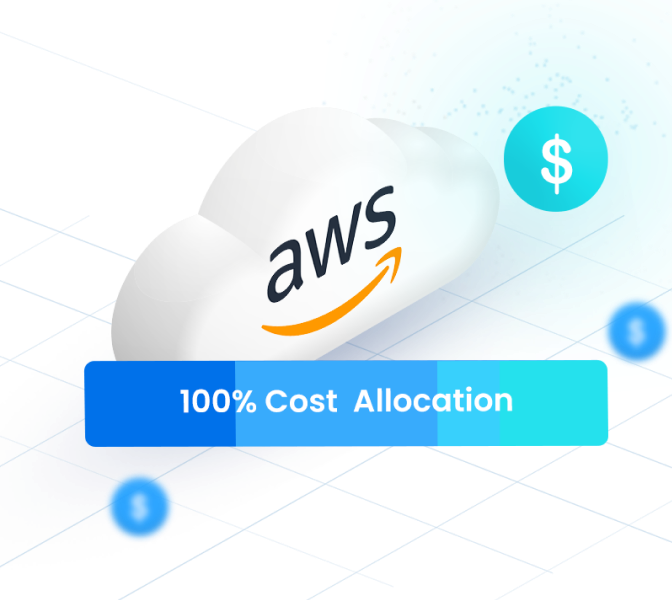Top 19 Cloud Automation Tools in 2025
According to the latest Datadog State of DevSecOps report, a surprising amount of organizations still aren’t embracing cloud automation. At least 38% of organizations leveraging AWS had deployed workloads or completed sensitive actions manually through the AWS console in a production environment within a 14-day period, meaning they are relying on manual efforts instead of automation.
By adopting the best practice of cloud automation, organizations can realize many benefits, such as:
- Improved quality control and performance due to fewer human or user errors
- Faster innovation as automation frees engineers from manual repetitive manual tasks
- Significant cost savings as automation helps keep workloads optimized and efficient
At nOps, we manage $2 billion in AWS spend, and that wouldn’t be possible without cloud automation. In this article, we’ll cover the top cloud automation tools broken down by category, with key features and tips.
Types of Cloud Automation Tools
There are a few major categories of cloud automation tools we’ll cover in this article:
Cloud Optimization Tools: automate rightsizing, idle resource cleanup, and commitment management to reduce waste. They provide engineering and FinOps teams with data-driven insights into usage patterns and cost anomalies. Automation replaces manual reviews and enables continuous cost control.
Cloud Infrastructure Automation Tools: manage infrastructure provisioning using Infrastructure as Code. They reduce manual effort, enforce environment consistency, and integrate into CI/CD workflows. Teams can scale environments quickly without introducing configuration drift.
Configuration Management Tools: automate the setup and enforcement of system configurations across fleets of servers. They maintain version-controlled policies, streamline patching, and minimize inconsistencies between environments. This ensures stable application performance during scaling or updates.
Monitoring and Observability Tools: collect metrics, logs, and traces to give visibility into application and infrastructure health. They support automated alerting and integrate with auto-scaling and incident workflows, as well as advanced techniques to visualize and manage large datasets effectively.
Security and Compliance Tools: scan for misconfigurations, vulnerabilities, and policy violations across cloud environments. They automate remediation and enforce security baselines through defined rules. Continuous checks replace periodic audits, reducing risk and manual workload.
Top 19 Cloud Automation Tools
Let’s dive into the list:
Cloud Optimization tools
Cloud Optimization tools help automatically optimize cloud costs and performance by analyzing usage, automating resource adjustments, managing workloads, and more.
#1. nOps
To make it faster and easier for you to understand and optimize your cloud costs, nOps created an all-in-one automated cloud optimization platform. Here are some nOps tools which help you to supercharge your cloud efficiency through the power of cloud automation:
Cost Visibility: understand 100% of your AWS bill with cost allocation, chargebacks, showbacks, tagging, and intuitive filters for breaking down cloud costs
Compute Optimizer: makes it easy to automatically manage workloads and save up to 90% with Spot discounts
Commitment management: automatic life-cycle management of your EC2/RDS/EKS commitments with risk-free guarantee
Waste Reduction: One-Click automatic rightsizing, storage optimization, scheduling, and other waste reduction
nOps optimizes $2 billion in AWS spend and is rated 5 stars on G2 — book a demo to see how much you can save on your AWS bill.
Infrastructure as Code Tools
Infrastructure as Code (IaC) tools allow users to define and provision data center infrastructure using a high-level configuration syntax. Here are some cloud infrastructure automation tools for your IaC needs.
#2. Terraform
Terraform is an IaC tool that helps you manage cloud resources, including both low-level components (compute, storage, and networking resources) and high-level components (DNS entries, SaaS features). It employs “providers” to interact with these resources, with HashiCorp supporting a number of official providers alongside many community-developed options.
Unlike traditional imperative command approaches that specify a series of steps to achieve a desired configuration, Terraform adopts a declarative style. This method involves specifying the desired end state of the infrastructure within a human-readable configuration file that you can version, reuse and share.
Key features of Terraform:
- Remote Terraform Execution enables collaboration and management of cloud infrastructure from various locations.
- Remote Terraform Execution enables collaboration and management of cloud infrastructure from various locations.
- Private Module Registry allows teams to share and reuse infrastructure components securely.
- Policy Enforcement ensuring adherence to organizational policies and regulatory requirements across infrastructure deployments
- Run Custom Tasks or Scripts as part of Terraform workflows, extending cloud automation capabilities to meet specific requirements.
#3. CloudFormation
CloudFormation is an IaC tool from AWS that enables you to manage AWS resources. You define the required resources and their relationships in a configuration file, which can be written in JSON or YAML. This setup helps automate the deployment and management of AWS cloud infrastructure.
While Terraform and CloudFormation are both IaC tools, there are also some differences. Firstly, Terraform is suitable for multicloud management, whereas CloudFormation is only for AWS. Terraform requires manual setup of state storage and actively manages state across multiple cloud environments, while CloudFormation automatically handles state within the AWS environment without user intervention. There are also other differences regarding configuration syntax, extensibility, deployment flexibility, etc.
Key features of CloudFormation:
- Extensibility is enhanced through the AWS CloudFormation Registry, enabling the modeling and provisioning of third-party resources and modules.
- Cross-account and cross-region management is streamlined with CloudFormation StackSets, facilitating the provisioning of resources across multiple accounts and regions.
- Authoring with JSON/YAML or Authoring with familiar programming languages are both supported for defining resources
- Safety controls are inherent in CloudFormation, ensuring safe and controlled infrastructure provisioning and updates through features like Rollback Triggers, ChangeSets, and Drift Detection.
- Preview changes to your environment with AWS CloudFormation Change Sets, allowing for the preview of proposed changes before execution.
#4. Google Cloud Deployment Manager
Google Cloud Deployment Manager is a tool specifically for the management of resources on Google Cloud Platform (GCP).
Users can automate the provisioning and management of GCP resources by defining them in templates, which are written in YAML or Python. This allows for dynamic configuration and the reuse of scripts for deploying applications and services across Google Cloud. It’s important to note that you can also configure and manage Google Cloud IaC with the Terraform provider for Google Cloud.
Key features of Google Cloud Deployment Manager include:
- Declarative configuration using a high-level configuration syntax, promoting consistency and repeatability.
- Automated resource dependency handling during deployment actions, eliminating the need for manual specification of creation order.
- Seamless integration with GCP Services, facilitating streamlined management and provisioning of cloud resources.
- Create templates using YAML or Python, offering flexibility and ease of configuration for diverse infrastructure requirements.
- Features for safe infrastructure operations such as previewing changes and automated rollback mechanism
#5. OpenTofu
OpenTofu is designed for managing cloud and on-premises infrastructure across multiple providers.
As a Terraform-compatible project, OpenTofu lets users define infrastructure in a declarative, version-controlled way using the HashiCorp Configuration Language (HCL). It supports the same provider ecosystem and workflows as Terraform, enabling teams to manage resources consistently while maintaining full control over the open-source stack. OpenTofu was created as a community-driven fork to ensure vendor neutrality and long-term governance by the Linux Foundation.
Key features of OpenTofu include:
- Declarative configuration using HCL, allowing for readable, repeatable infrastructure definitions across cloud and hybrid environments.
- State management with remote backends and locking support, ensuring infrastructure changes are tracked and applied safely.
- Compatibility with existing Terraform modules and providers, easing migration or integration into current workflows.
- Extensible plugin system and provider ecosystem, supporting infrastructure provisioning across AWS, Azure, GCP, Kubernetes, and more.
- Governance under an open-source model, providing transparency, neutrality, and freedom from commercial licensing restrictions.
#6. Pulimi
Pulumi enables developers to provision cloud infrastructure using general-purpose programming languages like TypeScript, Python, Go, C#, and Java.
Unlike traditional IaC tools that rely on domain-specific languages, Pulumi integrates directly into software development workflows by letting teams write infrastructure code alongside application logic. It supports all major cloud providers and Kubernetes, making it a versatile option for organizations that want to unify infrastructure and application delivery using a familiar language and toolchain.
Key features of Pulumi include:
- Use of general-purpose languages for infrastructure definition, enabling code reuse, abstractions, and type safety.
- Multi-cloud and Kubernetes support, allowing teams to manage infrastructure across AWS, Azure, GCP, and container platforms.
- State management with a built-in backend or self-managed options, including support for drift detection and previews.
Seamless integration with CI/CD pipelines and modern development tooling for faster delivery cycles. - Support for component reuse and encapsulation, making it easier to build and share higher-level infrastructure patterns.
Configuration Management Tools
#7. Ansible
Ansible is an open-source, command-line cloud automation platform written in Python. It offers cloud automation tools to help you configure systems, deploy software, and orchestrate advanced workflows to support tasks like application deployment and system updates.
Ansible uses a simple, human-readable YAML syntax to describe the automation jobs, and it operates over SSH without requiring agent installation on web servers.
Key cloud infrastructure automation features:
- Agentless architecture eliminates the need for client software on managed nodes, reducing overhead and ensuring compatibility with diverse environments.
- Playbook-based automation allows for the sequential execution of tasks across infrastructure, enabling complex workflows and orchestration.
- Idempotent operations ensure that running tasks multiple times yields the same result, promoting predictability and reliability.
- Integration with CMDBs and other systems enhances visibility and enables comprehensive infrastructure management.
#8. Chef
Chef is an open-source cloud automation platform that streamlines the configuration and management of infrastructure across networks.
Utilizing a Ruby-based domain-specific language (DSL) for writing system configuration “recipes,” Chef ensures that cloud infrastructure is managed as code and is automatically and consistently configured. This approach allows Chef to handle large-scale systems across diverse environments, providing scalable cloud automation tools for continuous deployment, configuration updates, and more.
Key cloud infrastructure automation features:
- “Recipe” and “cookbook” approach allows for the modular definition of system configurations, promoting code reuse and maintainability.
- Agent-based architecture enables remote execution of configuration tasks, ensuring consistent management of infrastructure across diverse environments.
- Policy-driven cloud automation facilitates compliance and governance by enforcing organizational standards and best practices.
- Integration with version control systems (VCS) enables collaboration and versioning of infrastructure configurations, promoting DevOps practices and enabling continuous delivery of cloud services
#9. Puppet
Puppet is an open-source cloud automation tool that helps automate the provisioning, configuration, and management of servers.
Utilizing a declarative language, Puppet allows users to specify system configurations focusing on the end state rather than the process to achieve it (in contrast to tools like Chef which are more imperative).
Key cloud infrastructure automation features:
- Extensive module ecosystem provides pre-built configurations for common infrastructure components, enabling rapid deployment and customization.
- Role-based access control (RBAC) ensures granular control over configuration changes and promotes security best practices.
- Continuous enforcement of desired state ensures infrastructure remains in the desired configuration, reducing manual intervention and minimizing drift.
#9. Rudder
Rudder is an open-source configuration management solution focused on continuous compliance and infrastructure automation for large-scale, hybrid IT environments.
It combines declarative configuration with real-time auditing, enabling operations teams to define desired system states and automatically enforce them across fleets of servers. Rudder’s web-based interface and built-in compliance reporting make it especially well-suited for organizations with strict regulatory or operational requirements, such as in finance, telecom, or government sectors.
Key features of Rudder include:
- Declarative configuration management with built-in policies for OS hardening, package management, and system services.
- Real-time compliance reporting and auditing, providing visibility into drift and automatic remediation across nodes.
Agent-based architecture supporting Linux, Windows, AIX, and more, with scalable node management and inventory tracking. - Web UI and API for centralized policy creation, deployment, and monitoring without deep scripting knowledge.
- Integration with external tools like Ansible, Jenkins, and LDAP, supporting hybrid automation workflows.
#11. Salt (SaltStack)
Salt is also a popular configuration management and remote execution tool. Salt’s architecture is based on a master-minion model where commands are centrally managed and distributed to nodes via a secure and fast communication protocol.
Salt is notable for its ability to handle high-speed data transport and support large-scale systems. Salt’s configuration management capabilities ensure that all systems are maintained in a desired, consistent state through a modular and reusable codebase written in YAML or Python.
Key cloud infrastructure automation features:
- High-speed data transport enables rapid communication and management of infrastructure across distributed environments.
- Modular and reusable codebase written in YAML or Python facilitates configuration management and ensures consistent infrastructure state.
- Event-driven cloud automation allows for real-time reactions to system events and changes, enhancing agility and responsiveness.
- Comprehensive cloud orchestration capabilities enable complex workflows and coordination of tasks across diverse environments.
Monitoring and Observability Tools
Here are the top monitoring and observability tools to help with your cloud automation strategy:
#12. Datadog
Datadog is a cloud-native monitoring and observability platform that brings together metrics, logs, traces, and security data into a single, unified view.
Engineers use Datadog to monitor the performance of applications and infrastructure in real time, detect anomalies, and correlate events across distributed systems. With support for hundreds of integrations and powerful visualization tools, Datadog helps teams proactively identify issues, automate alerting, and optimize system reliability across cloud, on-prem, and hybrid environments.
Key features of Datadog include:
- Unified observability with real-time metrics, logs, traces, and security signals in a single platform.
- Out-of-the-box integrations with AWS, Azure, GCP, Kubernetes, and over 600 other technologies.
Custom dashboards and monitors, enabling teams to visualize performance and detect issues proactively. - APM and distributed tracing tools for deep visibility into service-level performance and dependencies.
- Anomaly detection, SLO tracking, and incident workflows to support high-availability operations at scale.
#13. Amazon CloudWatch
Amazon CloudWatch is AWS’s native monitoring and observability service, designed to collect and analyze operational data from AWS resources, applications, and services.
It enables teams to track metrics, collect and search logs, set alarms, and respond to changes in system behavior. CloudWatch integrates tightly with the AWS ecosystem, making it a go-to solution for monitoring workloads running in EC2, Lambda, ECS, EKS, etc. —without additional setup or external tooling.
Key features of Amazon CloudWatch include:
- Native integration with AWS services for automatic metric and log collection across the cloud environment.
- Custom dashboards, alarms, and anomaly detection for visualizing and responding to performance changes.
- CloudWatch Logs and Log Insights for storing, querying, and analyzing log data in near real time.
- Support for event-driven automation via CloudWatch Events and AWS Lambda triggers.
Container-level observability with CloudWatch Container Insights for EKS, ECS, and Kubernetes workloads.
#14. New Relic
New Relic is a full-stack observability platform that provides telemetry data across applications, infrastructure, and user experience in a single interface.
It offers engineers end-to-end visibility into performance, with real-time metrics, traces, and logs consolidated through its Telemetry Data Platform. New Relic supports a wide range of environments and languages, helping teams detect issues, debug faster, and optimize systems from frontend to backend.
Key features of New Relic include:
- Unified observability for applications, infrastructure, browser, mobile, and synthetic monitoring in one platform.
- Real-time streaming of metrics, events, logs, and traces (MELT) from any source using OpenTelemetry or native agents.
- Powerful query and visualization tools through New Relic Query Language (NRQL) and customizable dashboards.
- AI-driven anomaly detection and alerts for proactive incident response.
- Integration with cloud providers, CI/CD tools, and collaboration platforms for seamless DevOps workflows.
Security and Compliance Tools
The top security and compliance tools include:
#15. Prisma Cloud
Prisma Cloud is a comprehensive cloud-native security platform (CNSP) by Palo Alto Networks, built to secure applications, infrastructure, and data across the entire development lifecycle.
It provides unified security for multi-cloud environments, covering everything from infrastructure misconfigurations and workload vulnerabilities to identity policies and runtime threats. Prisma Cloud is designed for DevSecOps teams looking to embed security and compliance checks into CI/CD pipelines and cloud operations without slowing down delivery.
Key features of Prisma Cloud include:
- Cloud Security Posture Management (CSPM): Detects misconfigurations and enforces policies across AWS, Azure, and GCP environments.
- Vulnerability management: Scans for and prioritizes risks across hosts, containers, and serverless workloads.
- Runtime protection: Monitors workloads and Kubernetes clusters for real-time threats and suspicious behavior.
- Identity and access analysis: Flags excessive permissions and monitors risky actions in cloud accounts.
- CI/CD integration: Embeds security into pipelines to catch issues early in the build and deploy process.
#16. Orca Security
Orca Security is an agentless cloud security platform that delivers deep, continuous visibility into cloud infrastructure, workloads, and identities across AWS, Azure, and GCP.
It scans cloud environments without deploying agents, using side-scanning technology to identify risks such as vulnerabilities, misconfigurations, malware, and exposed secrets. Orca consolidates findings into a unified risk dashboard and prioritizes issues based on contextual risk, helping security teams focus on what matters most.
Key features of Orca Security include:
- Agentless deployment: Scans entire cloud environments without installing agents or impacting performance.
- Deep contextual risk analysis: Correlates vulnerabilities, misconfigurations, and access risks to prioritize the most critical threats.
- Comprehensive coverage: Protects VMs, containers, storage, APIs, and identities across multi-cloud environments.
- Automated compliance: Continuously maps findings to standards like CIS, SOC 2, ISO 27001, and PCI-DSS.
- Unified risk dashboard: Consolidates alerts and visualizes security posture across accounts, services, and regions.
#17. Commvault
Commvault is an enterprise-grade data protection and cyber resilience platform that helps organizations manage, secure, and recover data across hybrid and multi-cloud environments.
Originally known for backup and recovery, Commvault now offers a broad suite of tools that include ransomware protection, disaster recovery, and compliance support. It is used by IT and security teams to ensure business continuity and meet regulatory requirements while minimizing data loss and downtime.
Key features of Commvault include:
- Backup and recovery: Protects workloads across on-prem, cloud, SaaS, VMs, databases, and containers.
- Ransomware protection: Uses anomaly detection, air-gapped backups, and zero-trust access controls to defend against attacks.
- Disaster recovery orchestration: Automates failover and recovery processes to reduce recovery time objectives (RTOs).
- Regulatory compliance: Supports data retention, eDiscovery, and compliance reporting for GDPR, HIPAA, and other standards.
- Centralized management: Provides a single control plane for managing data protection policies across the enterprise.
Continuous Integration/Continuous Deployment tools
CI/CD (Continuous Integration/Continuous Delivery) tools automate the building, testing, and deployment of software. Here are the top cloud infrastructure automation tools to help with CI/CD.
#18. Jenkins
Jenkins is a widely-used open-source cloud automation server that facilitates Continuous Integration (CI) and Continuous Deployment (CD) processes. It helps automate the parts of software development related to building, testing, and deploying, facilitating continuous integration, and continuous delivery.
With support for various programming languages and integration with numerous tools and plugins, Jenkins offers flexibility and extensibility in automating software development pipelines. Its web-based interface allows for easy configuration and management of jobs, enabling teams to automate building, testing, and deployment tasks efficiently. Jenkins pipelines, defined either declaratively or through scripted pipelines, help teams define complex build and deployment workflows as code.
Key cloud infrastructure automation features:
- Flexible Automation for any project, as Jenkins can serve as both a CI server and a continuous delivery hub
- Easy Installation, as Jenkins is a self-contained Java-based program ready to run out-of-the-box on Windows, Linux, macOS, and Unix-like systems.
- Simple Configuration via web interface, featuring on-the-fly error checks and built-in help.
- Extensive Plugin Integration through a vast plugin ecosystem, providing extensive customization possibilities.
- Scalable Distribution across multiple virtual machines to speed up builds, tests, and deployments across various platforms.
#19. CircleCI
CircleCI is a cloud-based CI/CD platform that enables teams to automate their software development workflows. By providing a managed environment for running builds and tests, CircleCI simplifies the setup and maintenance of CI/CD pipelines.
With support for multiple programming languages and frameworks, as well as integration with popular version control systems and deployment platforms, CircleCI streamlines the process of building, testing, and deploying applications across diverse cloud environments. Its configuration, defined in YAML format, allows for easy customization and versioning of CI/CD pipelines.
Key cloud automation features:
- SSH Debugging: Access and debug build issues by SSHing into any job directly.
- Parallelism Configuration: Speed up test job execution by setting up parallelism in your configuration file.
- Caching Configuration: Reuse data from previous jobs in your workflow by configuring caching with simple keys.
- Self-hosted Runners: Customize platform support by configuring self-hosted runners.
- Arm Architecture Support: Access Arm VM resources and Arm on Docker for diverse platform support.
- Orbs Integration: Integrate seamlessly with third-party services using orbs, reusable packages of configuration.
- Hybrid Cloud Support: easily integrate CircleCI into cloud environments from multiple cloud providers, allowing organizations to leverage both public cloud service providers and on-premises infrastructure
About nOps
nOps is an AI-powered cloud automation platform that helps users optimize their AWS infrastructure for minimal engineering effort. The platform offers an all-in-one suite of cloud optimization solutions, from visibility to commitment management to compute optimization.
nOps was recently ranked #1 in G2’s cloud cost management category, and we optimize $2 billion in cloud spend for our customers.
Join our customers using nOps to understand your cloud costs and leverage automation with complete confidence by booking a demo today!
Frequently Asked Questions
What is automation in the cloud?
Cloud automation refers to using scripts, tools, or platforms to automatically provision, configure, manage, and scale cloud resources. Instead of manually deploying servers, setting permissions, or adjusting infrastructure, automation enables consistent, repeatable actions—reducing human error and saving time. Common use cases include auto-scaling, CI/CD pipelines, infrastructure as code (IaC), and cloud testing automation tools.
Which is an example of an automation tool in the cloud?
Terraform is a widely used cloud automation tool. It enables infrastructure as code (IaC), allowing users to define and manage infrastructure using simple, declarative configuration files. You can version-control cloud environments and deploy to multiple providers like AWS, Azure, and GCP. Other examples include AWS CloudFormation (for AWS-native automation), Ansible (for configuration management), and Jenkins (for CI/CD automation).
What are the types of cloud automation?
Cloud automation can be categorized into several types:
-
Infrastructure automation – Provisioning and managing compute, network, and storage resources (e.g., Terraform, CloudFormation).
-
Configuration automation – Installing software, managing patches, or enforcing settings (e.g., Ansible, Chef).
-
Deployment automation – Automating software releases, often using CI/CD pipelines (e.g., Jenkins, GitHub Actions).
-
Scaling and optimization – Automatically adjusting resource allocation based on usage (e.g., AWS Auto Scaling, rightsizing tools).
What is cloud automation in DevOps?
Cloud automation is a core enabler of DevOps, allowing teams to deliver software faster and more reliably. In DevOps, automation handles repetitive tasks like code deployment, infrastructure provisioning, testing, and monitoring. Cloud platforms provide APIs and services to automate the entire CI/CD pipeline—from pushing code to spinning up new environments.



